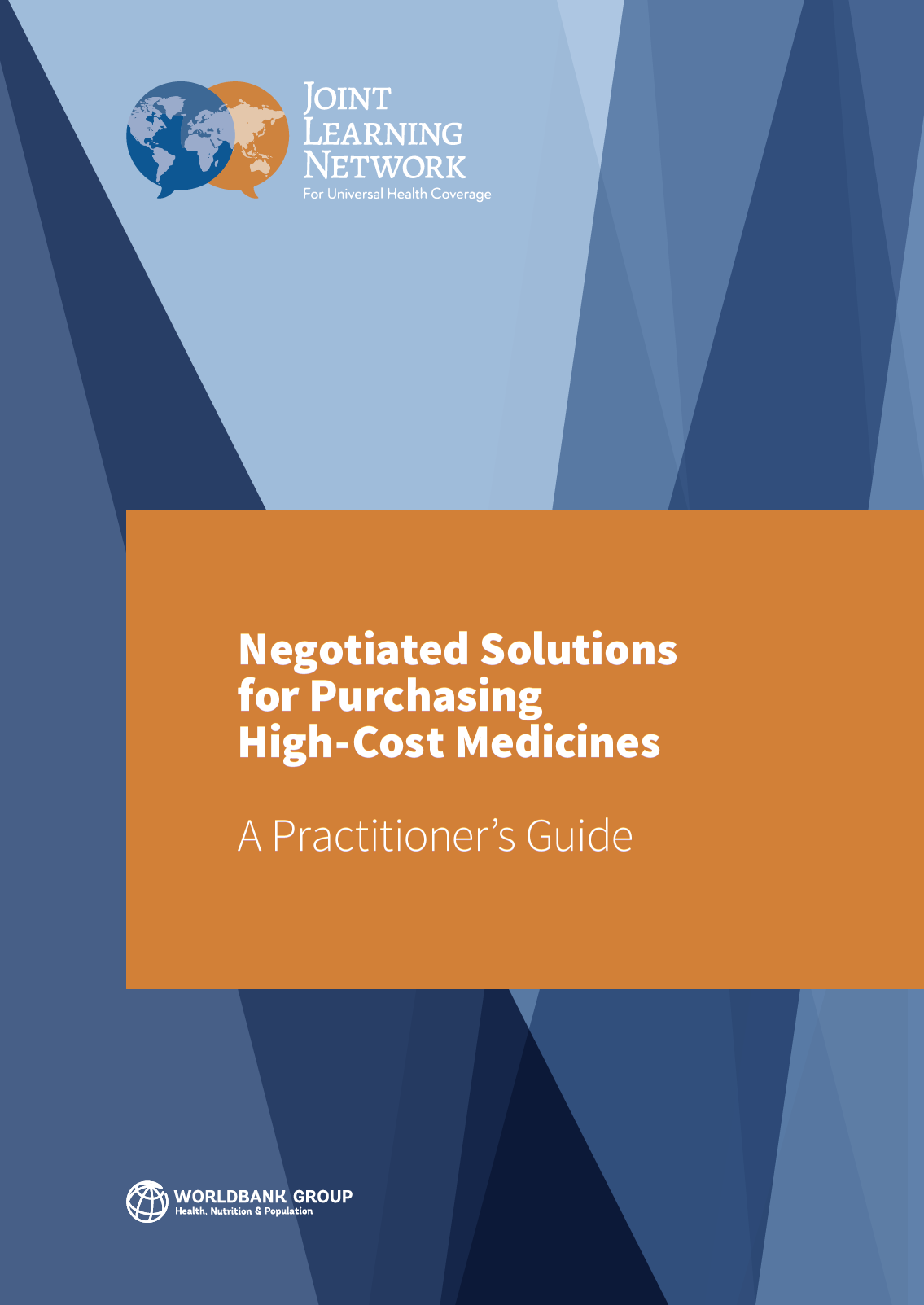Negotiated Solutions for Purchasing High-Cost Medicines: A Practitioner’s Guide
Across the globe, decision makers at all levels of the health care system agree that patients should be given rapid access to innovative medicines that target life-threatening diseases such as cancer, multiple sclerosis, and hepatitis C. Governments face increasing amounts of pressure to introduce new technologies because of shifting and evolving health challenges. How does a government balance its mandate to increase patients’ access to promising therapies while limiting the impact of high prices and uncertainty on its already strained public health resources?
One possible solution to this challenge are managed entry agreements (MEAs). Also known as patient access schemes, these contractual agreements have a framework of sharing the uncertainty of patient outcomes and financial impact between the payer and the market authorization holder, to facilitate access to new high-cost medicines. The goal of the Joint Learning Network (JLN) learning exchange on Negotiated Solutions for Purchasing of High-Cost Medicines, which was organized on the same topic, and by extension the goal of this Practitioner’s Guide, is to provide countries new to MEAs with an insider perspective. It is hoped that the contents of this Guide will lift the veil on the nature of these negotiations and equip countries with the strategies and know-how they need, to successfully negotiate similar agreements.
This guide is organized around the learning exchange’s three sessions and discussions. It starts off by introducing stakeholders to the basics of negotiation, terminologies, and the range of negotiated agreements available. Next, it outlines how countries can prepare for these negotiations and then discusses how to manage the actual negotiations, while keeping the long-term relationship in mind. Here is a quick overview:
- Chapter 1: Negotiating Basics – This initial chapter introduces the reader to managed entry agreements (MEAs); it covers why countries negotiate; the different types of negotiated agreements, the advantages and disadvantages of negotiated agreements; and it clarifies ambiguities around terminologies.
- Chapter 2: Preparing for Negotiations – This chapter covers how countries can prepare for negotiations with industry. It provides insights into the manufacturer’s perspective and includes a negotiation preparation checklist.
- Chapter 3: Managing Negotiations and Long-Term Relationship-Building – This chapter focuses on how to manage the actual negotiation process. It discusses useful and not-so-useful strategies during the negotiation process. The chapter also dives into the importance of long-term relationship management to improve future outcomes.
In each chapter, the Guide zeros in on the essence of the expert presentations and ensuing discussions, to highlight the most useful tips or areas of interest. Where applicable, chapters may include a box on “Country Experiences” drawing out actual country examples from the discussion and/or “Quick Tips” that are helpful for navigating the negotiating process.

